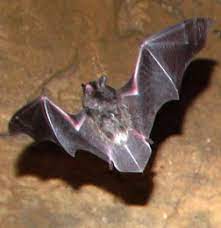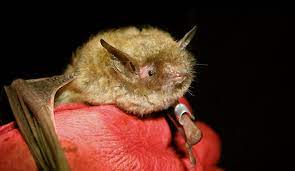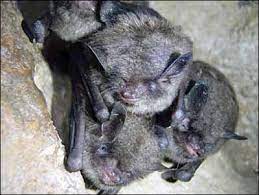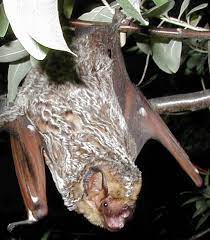
UNDATED – Hoosiers may soon notice furry flying mammals roosting in their eaves and circling neighborhood lampposts.
Some species of bats are waking up after six months of hibernation, and other species are traveling hundreds of miles for their seasonal migration.

It’s normal to find bats hanging close to homes when they have trouble finding natural roosts.
For the next six months, bats can be seen hunting insects attracted to lights from houses and streetlamps.

All bats that occur in Indiana are insectivores, meaning they eat insects. A bat feeding on beetles, mosquitoes, and moths can eat half of its body weight each night, an attribute that makes them extremely beneficial to humans. Many insects eaten by bats are harmful agricultural and forest pests. It is estimated that the economic impact on the agricultural industry due to the loss of insect-eating bats in North America could exceed $3.7 billion per year.

Thirteen bat species have been documented in Indiana. Six species primarily use underground sites such as caves, mines, or tunnels to hibernate in winter. They use caves, trees and/or other structures for summer roosts.
Four species are found in Indiana either during the summer reproductive season or spring and fall migration. The remaining three species are exceedingly rare in Indiana; the few records for these species are from caves during winter hibernation.

You can learn more about Indiana’s bats on the Department of Natural Resource website.
If you find an injured bat, contact a permitted wildlife rehabilitator for help.
If you need help excluding bats from your attic, a wildlife control operator can help.
Sick or dead bats can be reported to DNR biologists online.



